Sustainable sojourns in Switzerland
The Alpine paradise has become a beacon of eco-conscious tourism

AT THE FIRST SIGHT OF the Matterhorn, that iconic mountain in Switzerland, dozens of visitors take out their Toblerone chocolates – hitherto hidden in their bags – and hold out the packaging to align the mountain-peak logo with its real-life counterpart. Then, they snap a picture.
On Instagram, the hashtag #tobleronemountain boasts hundreds of such shots. But these photos will soon become a thing of the past, as Toblerone plans to remove the realistic mountain image from its packaging, following a production shift from Switzerland to Slovakia by the end of 2023.
Toblerone or no Toblerone, the Matterhorn remains an inspiration. The mountain, with its perfectly symmetrical pyramidal peak, has long made its way into popular culture, including famous paintings, films and novels – and even a Disneyland roller-coaster ride.
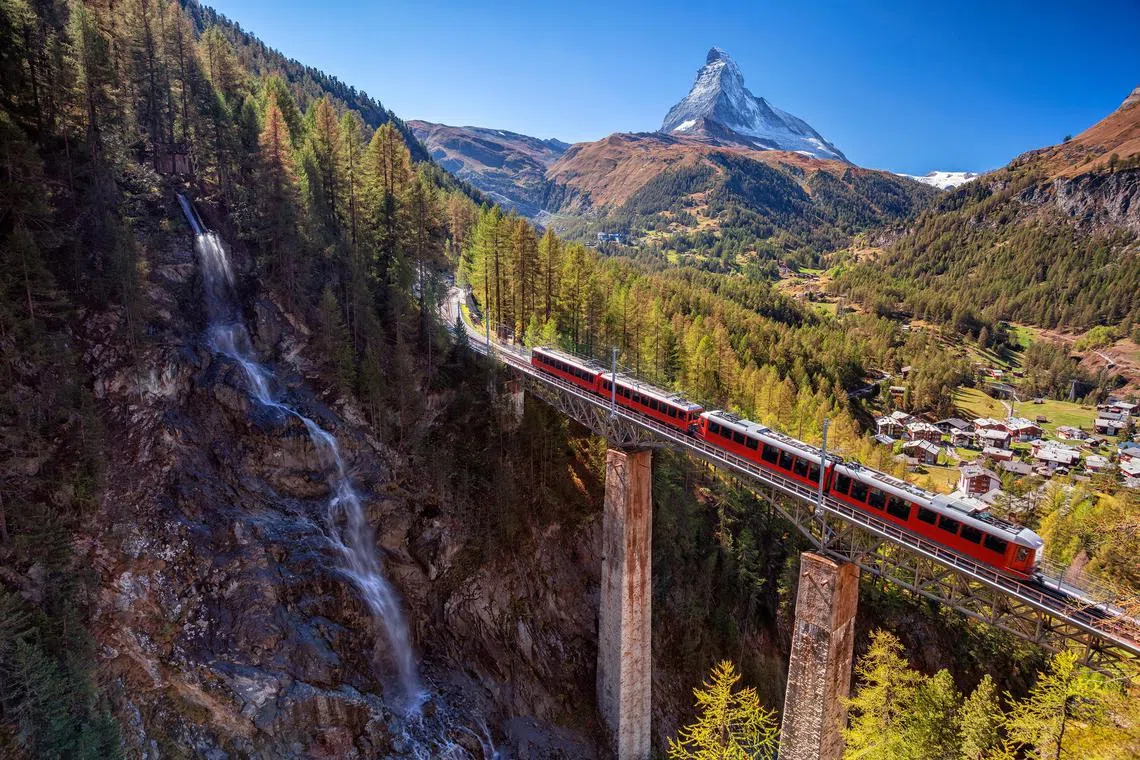
As Switzerland moves towards its own nationwide sustainable strategy called “Swisstainable”, the Matterhorn’s wild untouched beauty underscores the country’s policies aimed at preserving its natural landscapes, such as reforestation, wildlife protection and efforts to combat climate change through the reduction of carbon emissions.
Beyond its reputation for majestic mountains, impeccable precision and world-class watches, this Alpine paradise has now added another accolade to its repertoire: a beacon of sustainable tourism. A trip organised by The Travel Corporation in partnership with Switzerland Tourism shows how the country is committed to finding and maintaining a harmonious co-existence between humans and nature.
Lucerne’s infinite charms
The journey begins in the heart of Switzerland, in the enchanting city of Lucerne. Nestled between Lake Lucerne and the surrounding mountains, Lucerne seamlessly combines tradition with sustainable innovation. The city’s historic Old Town, with its cobbled streets and mediaeval architecture, offers a glimpse into Switzerland’s rich past. Yet Lucerne is also firmly rooted in the future, boasting a well-established public transportation system and a commitment to reducing carbon emissions.
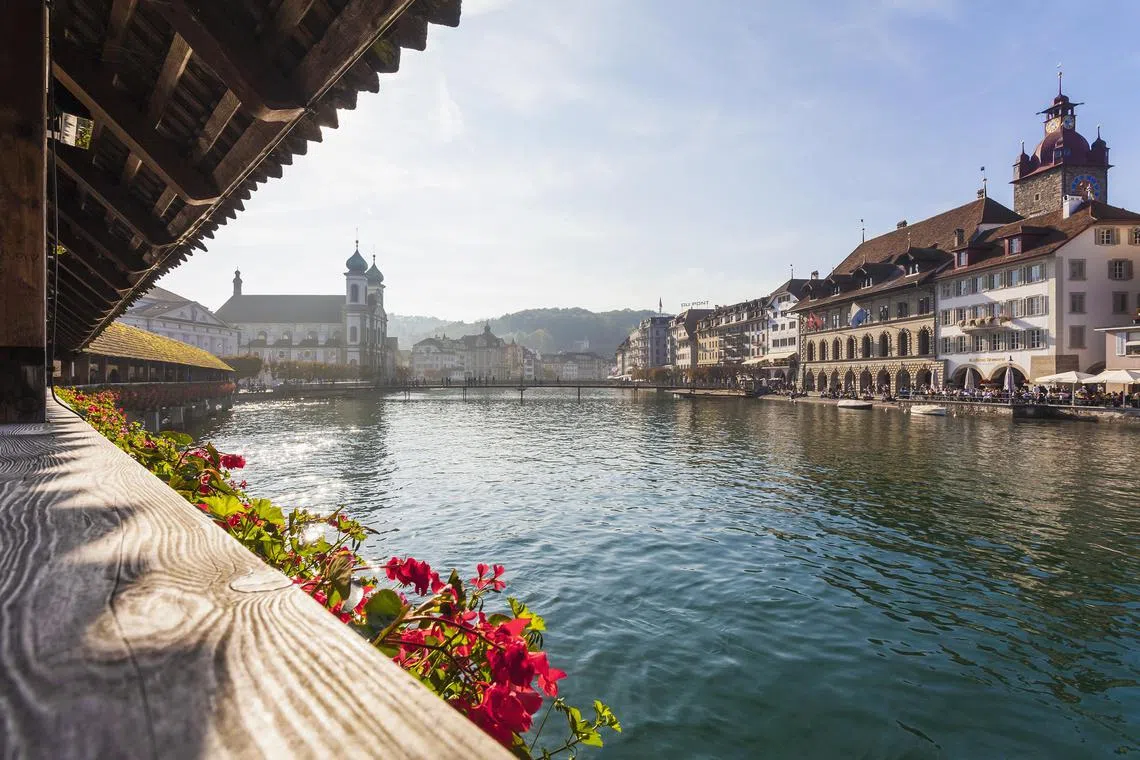
One of Lucerne’s initiatives is its car-free Old Town, where visitors can wander through centuries-old streets without the interruption of motor vehicles. The city also promotes electric mobility with charging stations and a fleet of e-bikes available for rent. Additionally, its hotels and restaurants have embraced the farm-to-table movement, sourcing fresh, local ingredients to create unforgettable culinary experiences for travellers with an eco-conscious palate.
For one such experience, try Restaurant Alpenhof, hidden within a quaint farmhouse in Kuessnacht am Rigi, a short drive from Lucerne’s city centre. This rustic gem boasts an expansive and picturesque garden, adorned with beautiful old trees. Guests are treated to hearty authentic Swiss food – which partly explains why locals come here in droves, bringing their children to run around with the farm animals.

Lucerne also has outstanding museums, such as the popular Swiss Museum of Transport, with its sprawling display of vehicles from motorcycles to spaceships, as well as the first-rate contemporary art space Kunstmuseum Luzern.
Zermatt, magnet for adventurers
The journey continues south towards Zermatt, a popular tourist town at the foot of the Matterhorn. One of the best ways to get there is the Glacier Express, an iconic train service with glass-roofed carriages that offers panoramic views of mountains, meadows and villages.
Zermatt, another car-free town, is a testament to the Swiss’ commitment to sustainable travel. Visitors get into the town by electric train, making it a model for eco-friendly transportation. The town also prioritises waste reduction and recycling, ensuring the region remains unspoiled for generations to come.
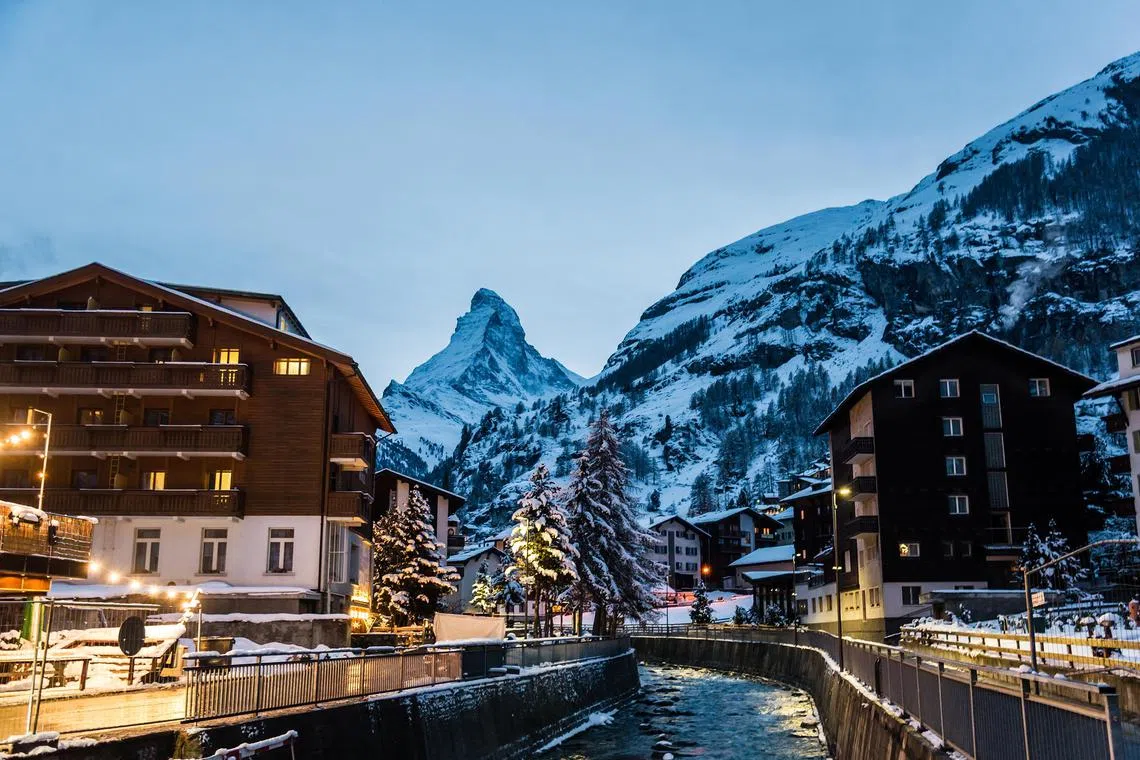
For over a century, the town has been a magnet for mountaineers, skiers, hikers, paragliders and other kinds of adventure travellers. But most ordinary tourists – like this writer – opt for its renowned hiking trails, surrounded by stunning Alpine scenery.
Here, nature thrives undisturbed, allowing hikers to observe wildlife in its natural habitat. The trails’ strict “leave no trace” policy ensures that all visitors tread lightly and have minimal impact on the environment, to help protect the rich but fragile ecosystems.
From Epesses to Geneva
Then we venture on to Epesses, a charming village with a tapestry of traditional architecture and narrow streets unfolding along the shores of Lake Geneva. This picture-perfect hamlet is part of the larger Lavaux wine region, a Unesco World Heritage site recognised for producing some of Switzerland’s finest wines, primarily Chasselas, a white wine grape variety.
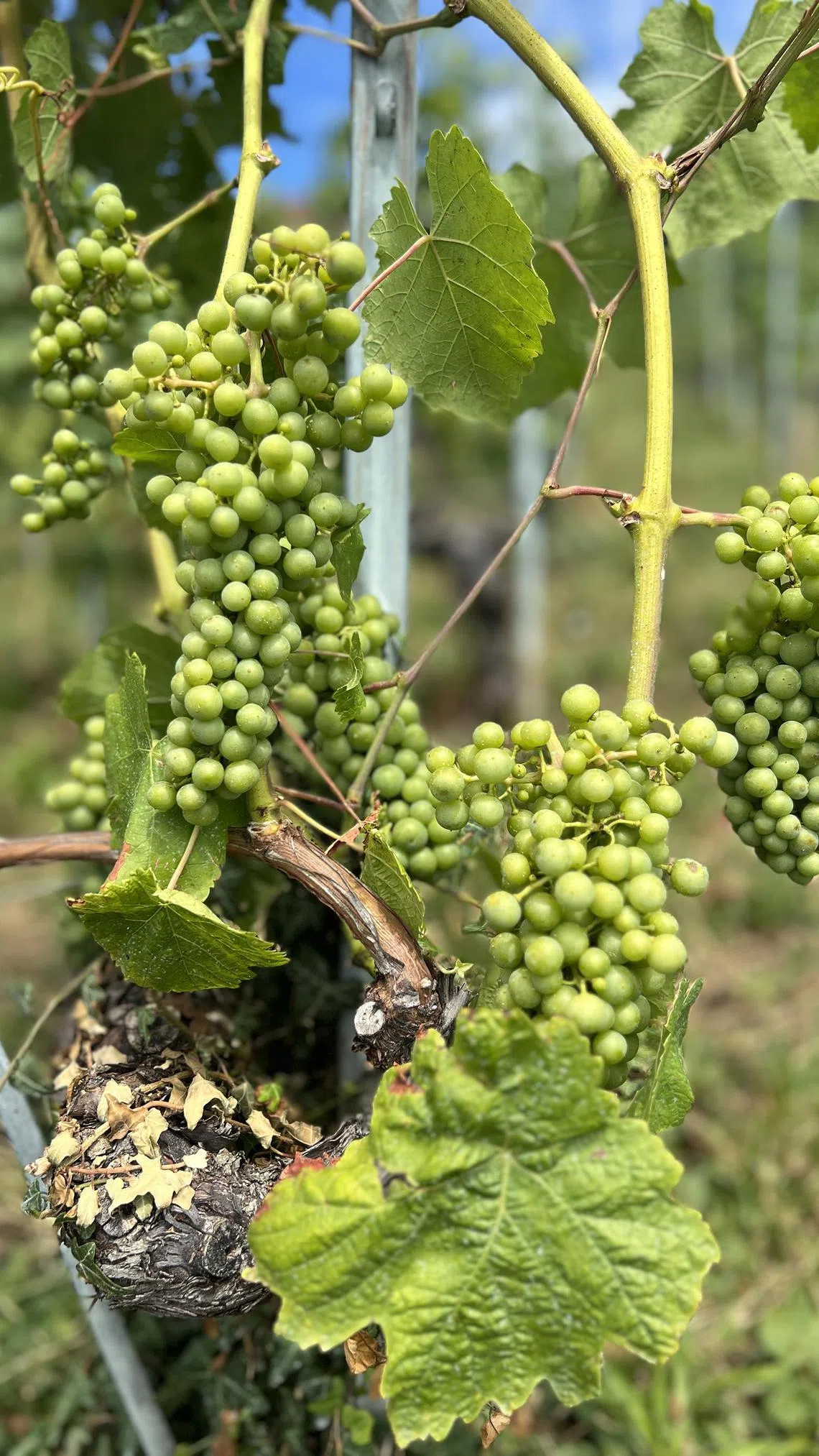
The region’s unique microclimate, with its proximity to the lake and the protection of the Alps, creates ideal conditions for grape growing. Chasselas grapes thrive in this environment, and the wines produced here are highly regarded.
Among the luminaries of Epesses’ vinicultural landscape is Dubois Fils, a small family-run winery perched gracefully above the terraced slopes. Here, a repertoire of over two dozen wine and spirit varieties awaits the wine lover, ranging from the classic Chasselases to the coveted Pinot Noirs.
The week-long trip concludes in Geneva, a city known for diplomacy and international organisations. But while Geneva is a headquarters for the United Nations, it extends its commitment to diplomacy in the realm of sustainability, playing host to numerous environmental agencies, and carrying city-wide eco-conscious initiatives.
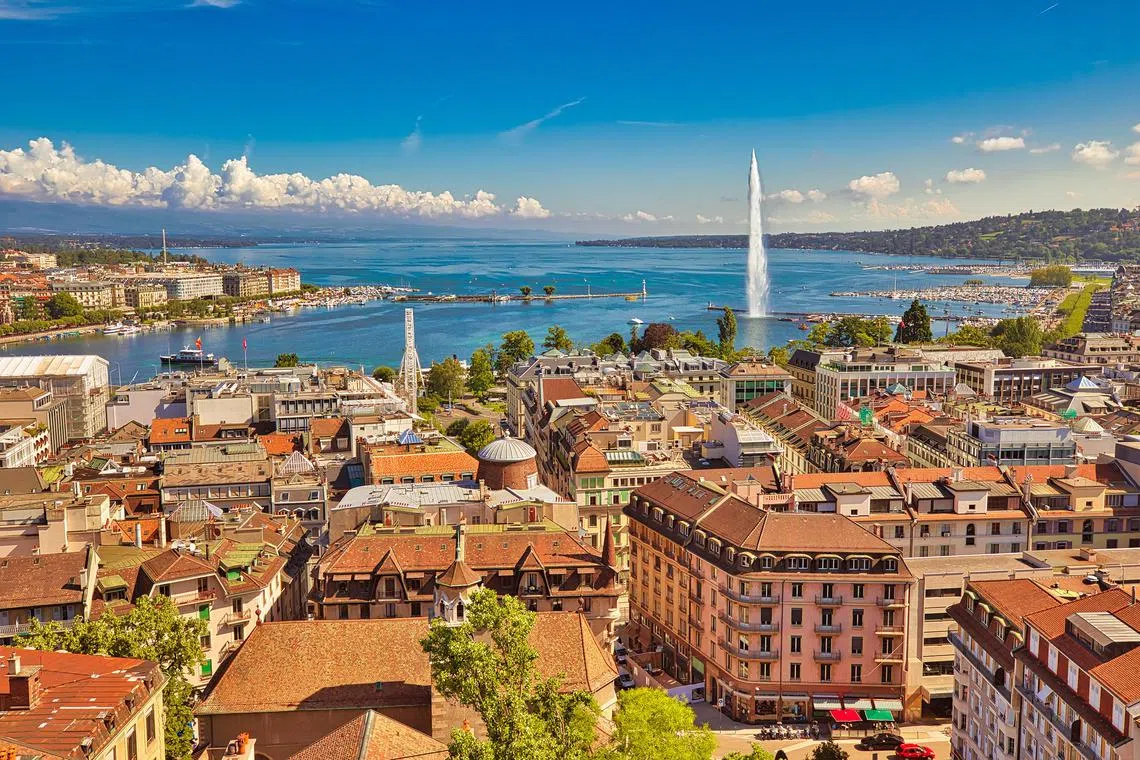
Geneva’s public transportation system, powered by renewable energy, serves as a model for other cities worldwide. The city’s waterfront promenades along the lake offer an inviting space for residents and visitors to enjoy nature in an urban setting. Strolling through Geneva’s vibrant streets, one is captivated by the numerous parks and gardens that provide refuge for both locals and visitors.
The Swiss have worked very hard to put in place eco-conscious policies to reduce their carbon footprint and reach their goal of being climate-neutral by 2050. Travelling through this breathtaking country, from its serene mountain villages to its well-maintained cities, one feels naturally invested in the preservation of its immaculate landscapes.
The writer was a guest of The Travel Corporation and Switzerland Tourism
Decoding Asia newsletter: your guide to navigating Asia in a new global order. Sign up here to get Decoding Asia newsletter. Delivered to your inbox. Free.
Copyright SPH Media. All rights reserved.



